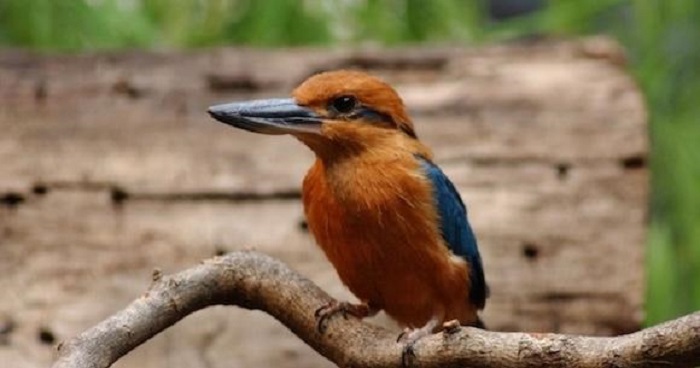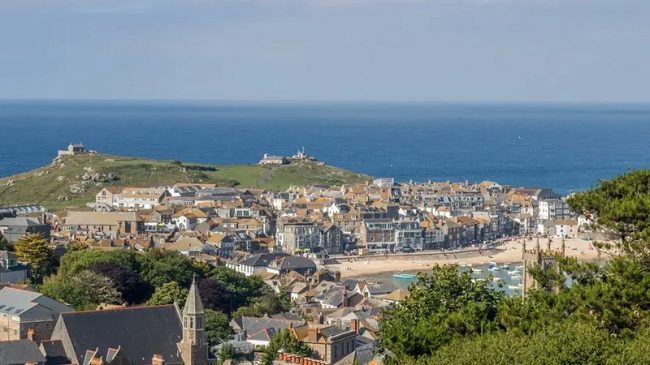The Kano State Government says it will attract over $10 billion investment in renewable energy and solid minerals development from its partnership with prestigious Moroccan companies in the next five years.

The state government also said the stage was set for the signing of a series of investment Memoranda of Understanding (MoU) with the Kingdom of Morocco.
This is contained in a statement on Sunday, April 20, 2025, in Kano by Sunusi Bature Dawakin-Tofa, the media aide to Gov. Abba Kabir-Yusuf.
He said the agreements would focus on renewable energy, agriculture and commerce, as part of the state government’s drive to reposition its economy.
Dawakin-Tofa said the development was sequel to a high level investment mission to Morocco led by the governor.
He said the delegation held strategic meetings with key Moroccan institutions including the Ministry of Energy Transition and Sustainable Development, the Moroccan Agency for Sustainable Energy (MASEN), the Moroccan Agency for Africa (OCP Africa) and the Casablanca Chamber of Commerce.
According to Dawakin-Tofa, the agreements will also explore areas such as investor identification, financing models, and cutting-edge technologies for energy storage and efficient distribution, particularly for industrial use in Kano.
He said the Casablanca Chamber of Commerce, one of Africa’s leading private sector platforms, expressed its willingness to collaborate with the state in areas of renewable energy and solid minerals development.
“This partnership is expected to boost the state’s economy and contribute to the projections of attracting up to $10 billion in investments over the next five years in line with the state’s strategic investment plan,” he said.
Dawakin-Tofa said the delegation also met with OCP Africa, one of the world’s largest fertiliser producers.
“OCP welcomed the partnership, proposing new agricultural development projects that include fertiliser blending plants, advanced supply chain systems, and support for smallholder farmers through modern farming technologies.
“The visit marks a major milestone in the state’s pursuit of global partnerships to fast-track industrial growth, clean energy transition, and sustainable agricultural development.”
According to Dawakin-Tofa, one of the major outcomes of the visit is a proposed partnership with MASEN, which included technical collaboration to support Kano’s transition to clean energy.
“MASEN, renowned for managing one of Africa’s largest solar power plants in Ouarzazate generating 500 megawatts has pledged to share its expertise, lessons learned and offer technical support for Kano’s Light-Up Kano Initiative, which aims to generate 2,000 megawatts of solar energy within five years.”
By Aminu Garko









